The Forum on the Future of Illinois Education event is Thursday, March 28 beginning at 8:30 a.m. CDT at the I Hotel and Conference Center on the University of Illinois Urbana-Champaign campus. The event is free and open to the public.
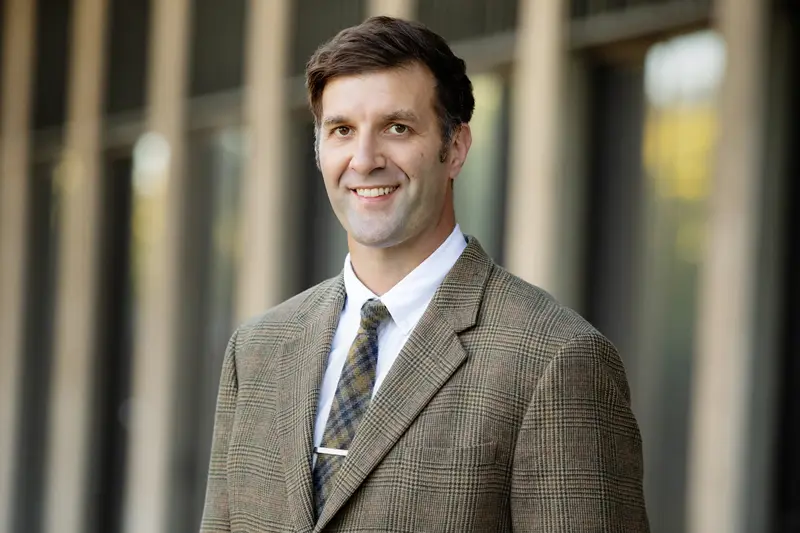
news, journals and articles from all over the world.

The Forum on the Future of Illinois Education event is Thursday, March 28 beginning at 8:30 a.m. CDT at the I Hotel and Conference Center on the University of Illinois Urbana-Champaign campus. The event is free and open to the public.
The University of Illinois’ Grainger College of Engineering will be the site of a new research and development center dedicated to autonomous construction technologies, with funding from the US Army Corps of Engineers.
Researchers at the Beckman Institute for Advanced Science and Technology discovered a way to trigger this cooperative behavior in organic semiconductors. The energy- and time-saving phenomenon may help enhance the performance of smartwatches, solar cells, and other organic electronics.
Interdisciplinary research highlighted lipid-protein interaction as a new avenue for oncology drug development, demonstrating its functionality by designing small molecule-based inhibitors to target acute myeloid leukemia.
In Physics of Fluids, scientists describe their work on an at-home study of rheology, which is used to study the way non-Newtonian liquids or semisolid substances flow. The projects assigned to students had two parts: gathering qualitative visual evidence of rheological properties and taking quantitative measurements. The students checked for four behaviors – shear thinning viscosity, viscoelasticity, shear normal stress difference, and extensional viscosity – and even without access to laboratory rheometers, they developed creative and unique ways to carry out their measurements.
Carbon fiber reinforced polymer composite structures are important in several industries, yet the electrical behavior of a composite is challenging to measure or predict because of the electrical conductivity of constituent carbon fibers and the composite’s complex hierarchical microstructure. In Journal of Applied Physics, researchers report the first direct measurement of the transverse electrical resistivity of a single carbon fiber. The researchers combined a precise sample preparation with a technique called the van der Pauw method to accomplish this challenging measurement.
For wind farms, it is important to control upstream turbines in an efficient manner so downstream turbines are not adversely affected by upstream wake effects. In the Journal of Renewable and Sustainable Energy, researchers show that by designing controllers based on viewing the wind farm system as a coupled network, it is possible to extract power more efficiently.
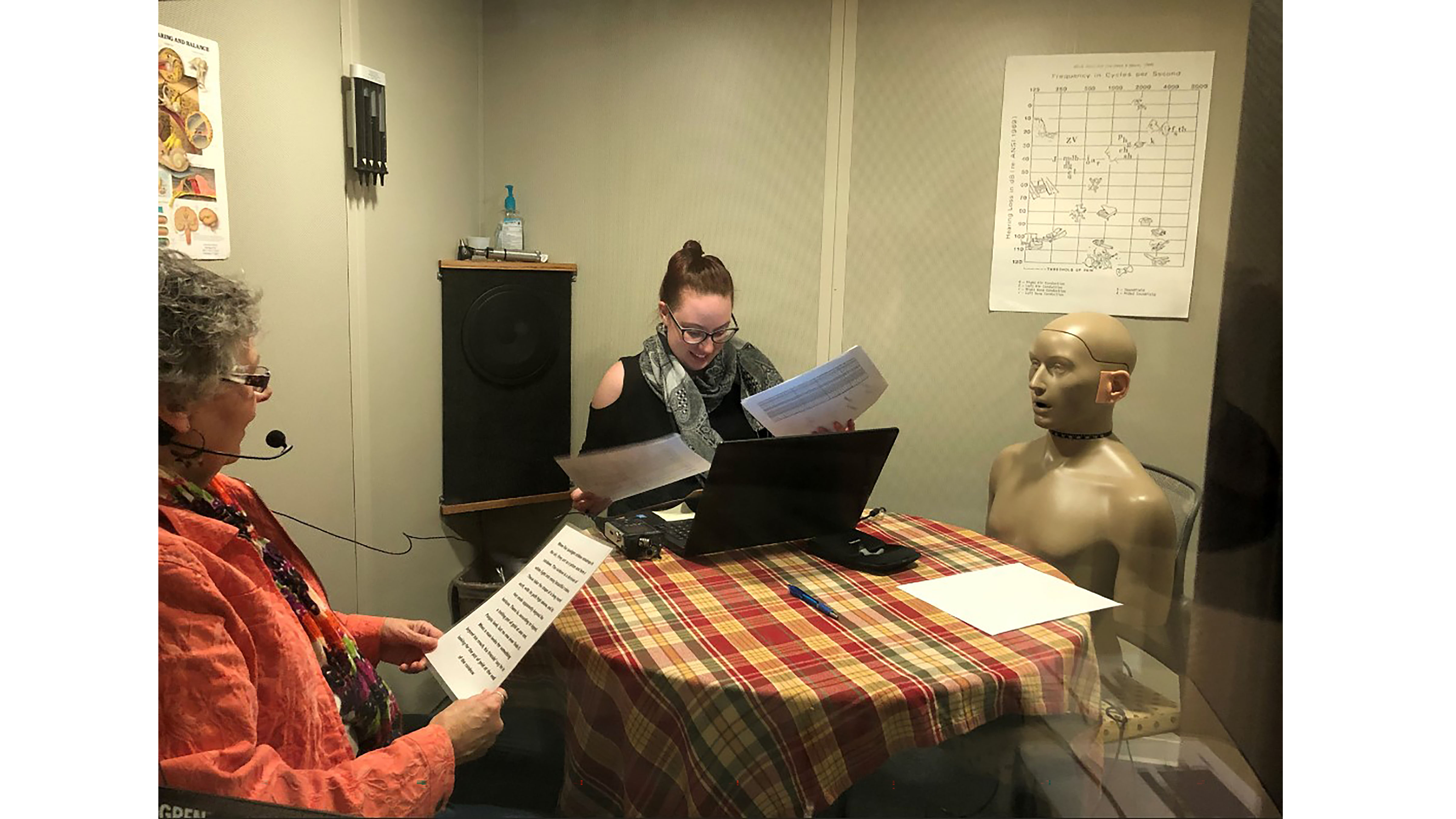
As restaurants get noisier, the increasing noise levels could deter older patrons, especially those with mild to severe hearing loss. Researchers from the University of Illinois at Urbana-Champaign will discuss their work on investigating acceptable noise levels that won’t cause restaurant visitors to stay away from certain establishments. Identifying acceptable noise levels helps establish truly “age-friendly” communities. The session will take place as part of the 179th ASA Meeting.
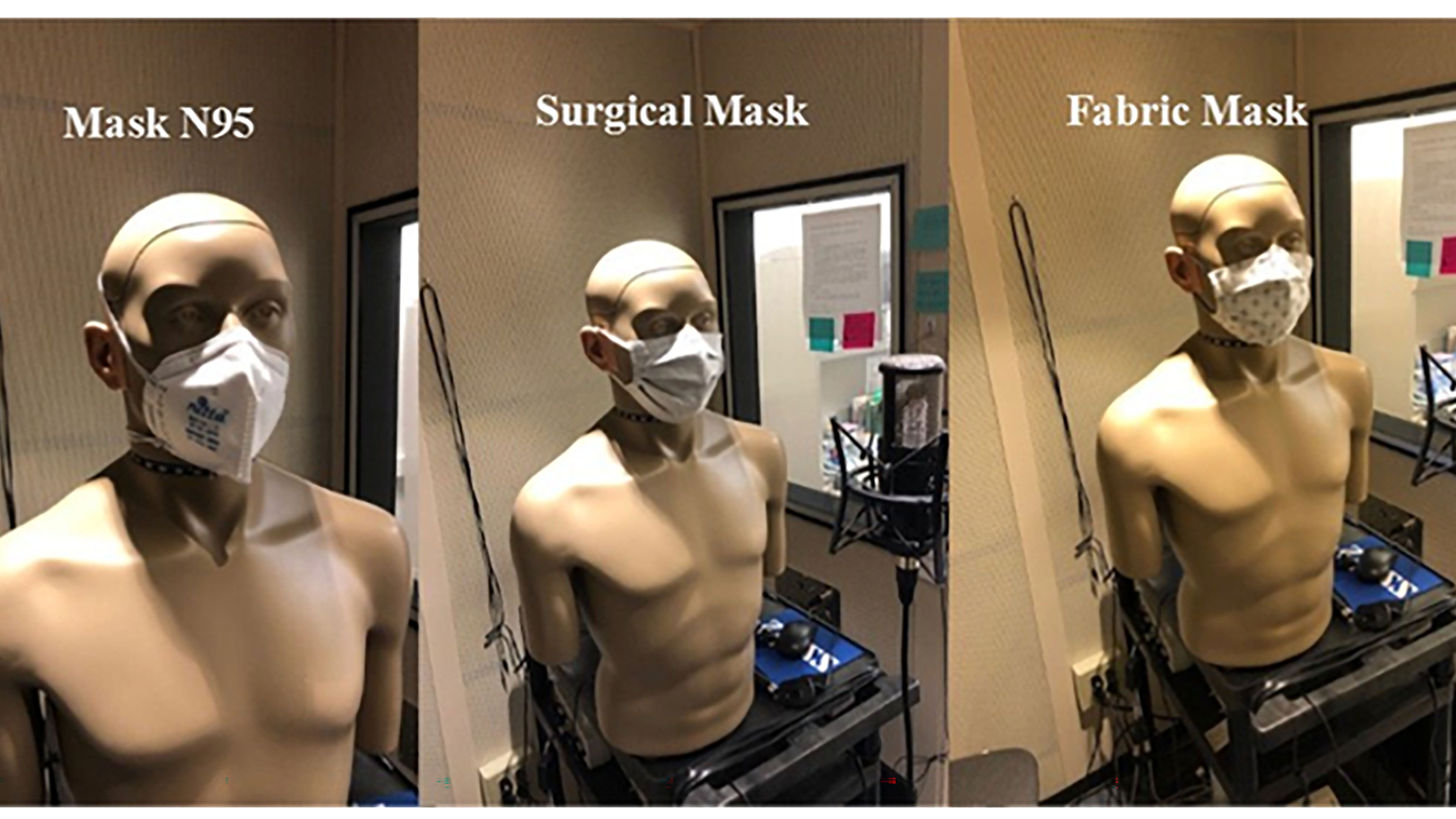
With the ubiquity of masks due to the coronavirus pandemic, understanding speech has become difficult. This especially applies in classroom settings, where the presence of a mask and the acoustics of the room have an impact on students’ comprehension. Pasquale Bottalico has been studying the effects of masks on communication. He will discuss his findings on the best way to overcome hurdles in classroom auditory perception caused by facial coverings at the 179th ASA Meeting.
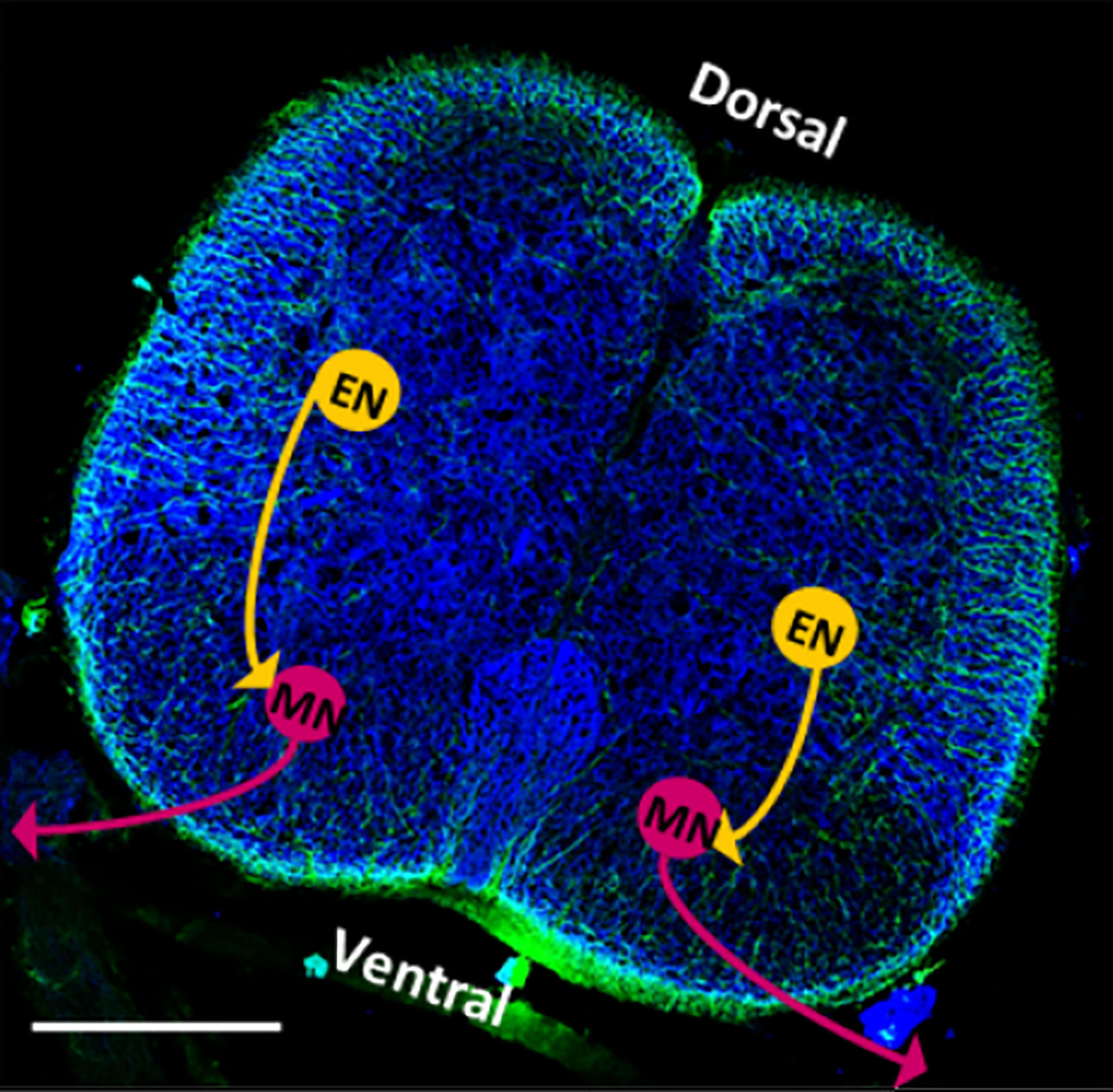
Biological robots draw inspiration from natural systems to mimic the motions of organisms, such as swimming or jumping. Improvements to biobots to better replicate complex motor behaviors can lead to exciting biorobotic engineering applications to help solve real world challenges. However, this requires the creation of biohybrid, which is a challenge. Researchers combined an intact rat spinal cord with a tissue-engineered, 3D muscle system. They describe the novel biohybrid system in the journal APL Bioengineering.
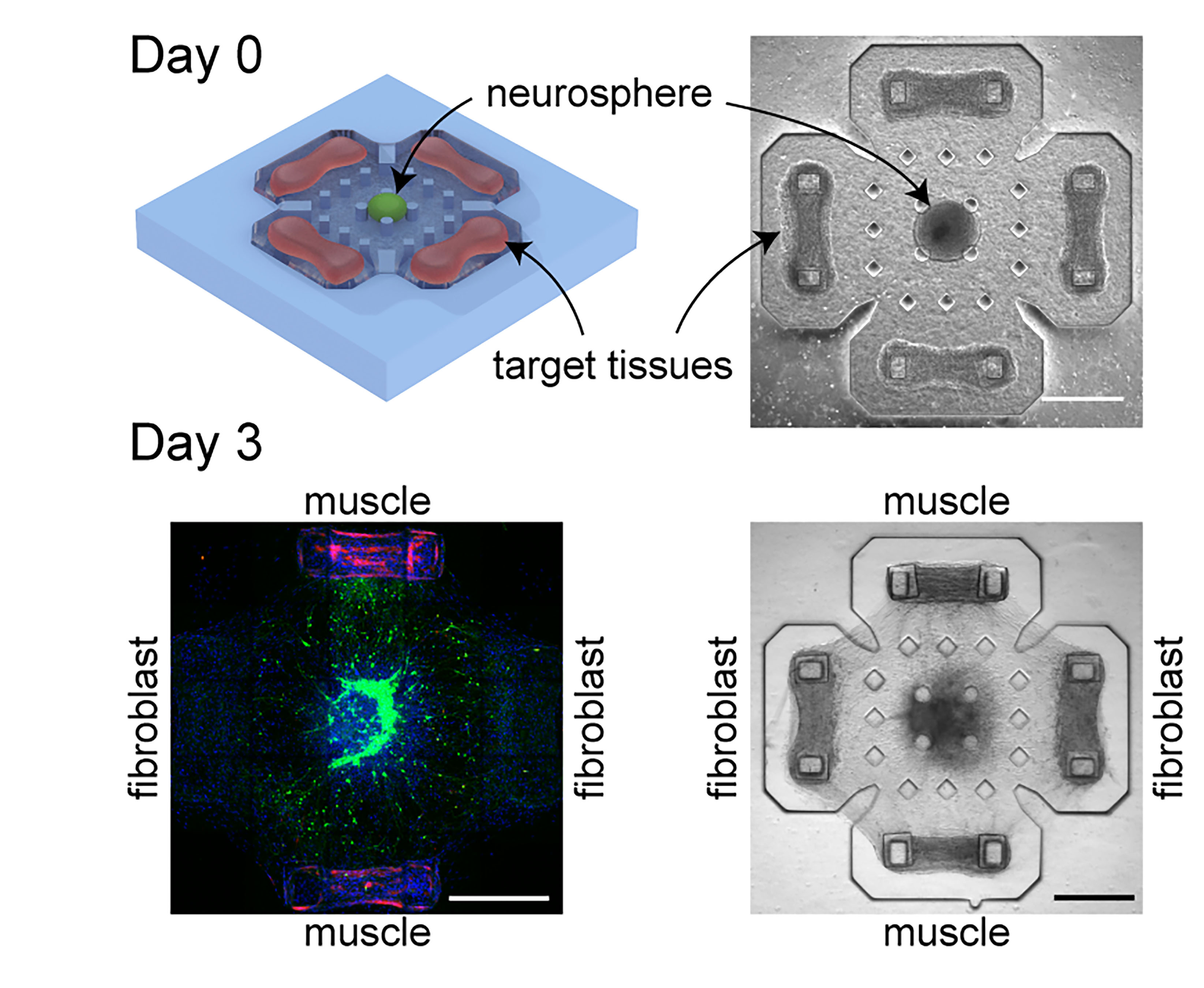
Researchers created a platform to observe stem cell-derived neurons grow toward muscle cells, representing a critical milestone towards the realization of future biohybrid machines. In tiny biorobots using muscle cells as actuators, the ability to tune parameters would allow more precise designs with desirable characteristics and predictable behaviors for intelligent drug delivery, environment sensing, biohybrid blood circulation pumps and other uses. But big questions remain about future experiments.
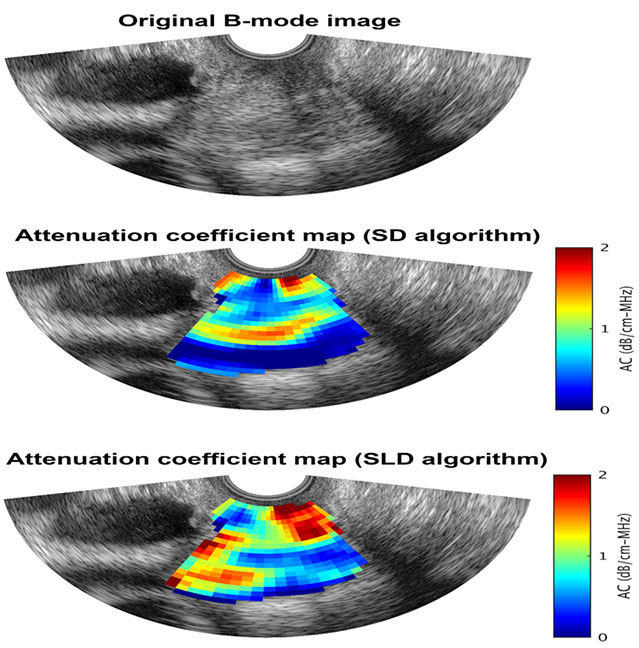
Ultrasound can be used to examine cervix tissue and improve diagnostics, which is essential for predicting preterm births, and ultrasound data is used to compare two techniques for evaluating changes in cervical tissue throughout pregnancy. Researchers are looking at ultrasonic attenuation coefficients that can help scientists characterize cervical changes throughout pregnancy and in preparation for birth before other symptoms, such as contractions or dilation, occur. They will discuss their work at the 178th ASA Meeting.

Fog harvesting is a potential practical source of fresh water in foggy coastal deserts, and current solutions rely on meter scale nets/meshes. The mesh geometry, however, presents a physiologically inappropriate shape for millimeter scale bulk bodies, like insects.
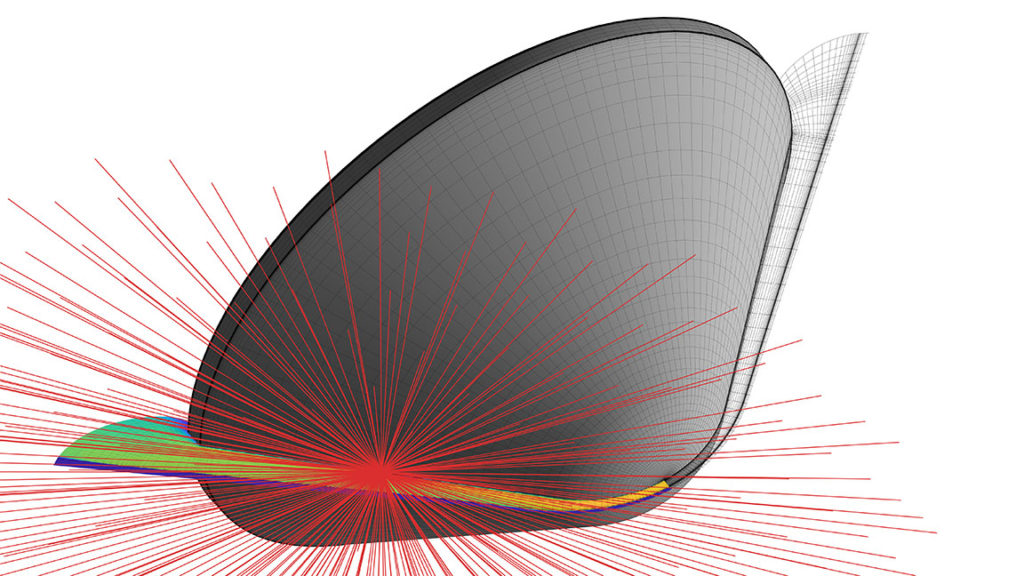
The entry probe of the Galileo mission to Jupiter entered the planet’s atmosphere in 1995 in fiery fashion, generating enough heat to cause plasma reactions on its surface. The data relayed about the burning of its heat shield differed from the effects predicted in fluid dynamics models, and new work examines what might have caused such a discrepancy.